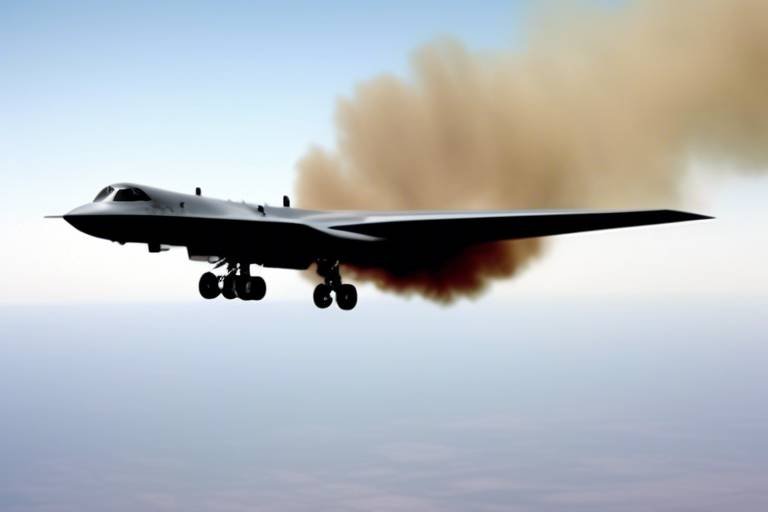Evaluating the Performance of the Long Range Strike Bomber (LRSB)
The Long Range Strike Bomber (LRSB) represents a significant leap in military aviation technology, designed to meet the evolving demands of modern warfare. As we delve into its performance, we must consider various aspects, including its capabilities, design features, and strategic significance. The LRSB is not merely a bomber; it is a game-changer, equipped to handle a myriad of operational scenarios that could arise in the complex landscape of global conflict.
One of the most striking features of the LRSB is its capacity for long-range missions. This aircraft can travel vast distances without the need for frequent refueling, which drastically reduces its vulnerability to enemy defenses. Imagine a stealthy predator, gliding silently over enemy territory, undetected and poised to strike at a moment's notice. This capability is crucial in a world where speed and surprise can determine the outcome of engagements.
Furthermore, the LRSB's design is a masterclass in stealth technology. By minimizing its radar cross-section and employing advanced materials, this bomber is able to evade detection by enemy radar systems. Think of it as a shadow in the night—there one moment and gone the next. This stealth capability is not just about avoiding enemy fire; it's about ensuring that the LRSB can operate in contested airspace with a higher chance of survival.
In addition to its stealth features, the LRSB is outfitted with an impressive payload capacity. This versatility allows it to carry a diverse array of munitions, from precision-guided bombs to nuclear warheads. Whether tasked with strategic bombing missions or providing tactical support for ground forces, the LRSB can adapt to the needs of the battlefield. The ability to switch roles as the situation demands is akin to a Swiss Army knife—one tool, many functions.
Moreover, the LRSB's operational capabilities extend beyond mere firepower. It is equipped for intelligence gathering and surveillance, enhancing its role as a multi-functional asset in the U.S. Air Force's arsenal. This dual capability allows commanders to gather crucial information while simultaneously preparing for potential strikes. In today's warfare, knowledge is power, and the LRSB ensures that the U.S. military remains one step ahead of its adversaries.
As we consider the strategic implications of the LRSB, it becomes clear that its introduction is a game-changer for U.S. military operations. By enhancing deterrence capabilities and ensuring air superiority, the LRSB positions the U.S. to respond swiftly to emerging threats. The aircraft's long-range capabilities serve not only as a deterrent but also as a means to project power globally, reinforcing the message that the U.S. is prepared to defend its interests anywhere on the planet.
In conclusion, the Long Range Strike Bomber is more than just a technological marvel; it is a cornerstone of modern military strategy. Its performance in various operational contexts demonstrates its capability to adapt and excel in the face of evolving threats. As we move forward, the LRSB will undoubtedly play a pivotal role in shaping the future of air combat and maintaining the U.S. military's edge in an increasingly complex world.
- What is the primary purpose of the LRSB? The LRSB is designed for long-range strike missions, capable of carrying out precision attacks while evading enemy defenses.
- How does the LRSB enhance stealth? The LRSB employs advanced radar absorbent materials and a low observable flight profile to minimize its radar signature.
- What types of munitions can the LRSB carry? The LRSB has a versatile payload capacity, capable of carrying various munitions, including precision-guided bombs and nuclear weapons.
- Why is the LRSB important for U.S. military strategy? Its long-range capabilities enhance deterrence and allow the U.S. to project power globally, ensuring readiness against potential threats.
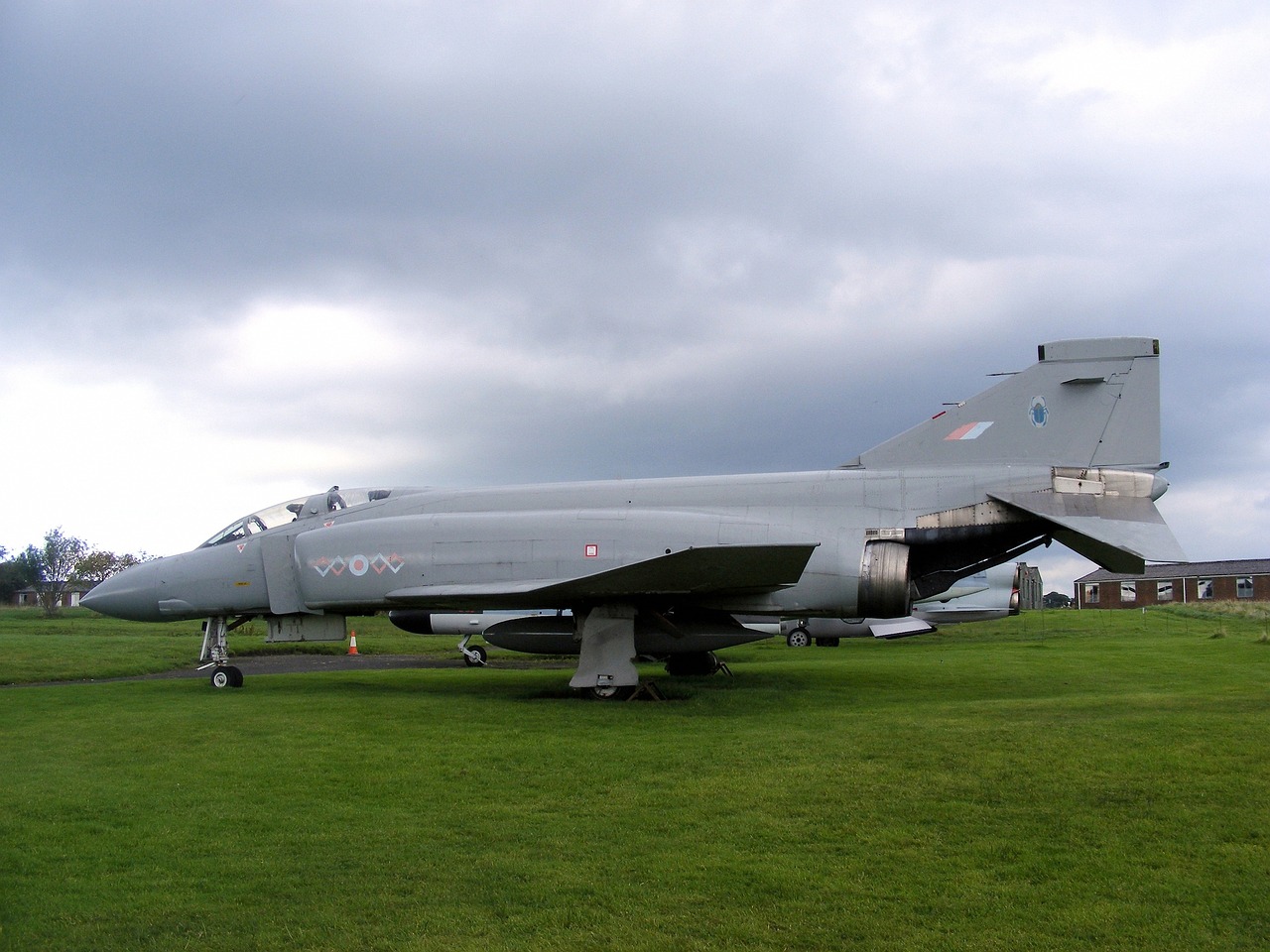
Design Features of the LRSB
This article examines the capabilities, design features, and strategic significance of the Long Range Strike Bomber, including its operational performance in various scenarios and its impact on modern warfare.
The design of the Long Range Strike Bomber (LRSB) is a testament to modern engineering and military strategy. It incorporates advanced technology that enhances its stealth, range, and payload capacity, making it a formidable asset in the U.S. Air Force's arsenal for long-range missions. Imagine a bird of prey soaring silently through the sky, undetected by its surroundings; this is the essence of the LRSB's design philosophy. With features that blend cutting-edge materials and innovative aerodynamics, the LRSB is poised to redefine air combat.
One of the standout features of the LRSB is its incorporation of stealth technology, which is essential for penetrating enemy airspace without being detected. This technology is not just about being hard to see; it’s about being virtually invisible to the enemy's radar systems. The LRSB employs a variety of design elements that contribute to its stealth capabilities:
- Radar Absorbent Materials: These materials are crucial in reducing the bomber's radar cross-section. They absorb radar waves rather than reflecting them, making it significantly harder for adversaries to detect and target the aircraft during operations.
- Low Observable Flight Profile: The LRSB's aerodynamic design allows it to fly at altitudes and speeds that further enhance its stealth capabilities. This low observable flight profile means that it can penetrate enemy defenses undetected while delivering precision strikes.
Additionally, the LRSB boasts an impressive payload capacity, which is vital for its versatility in various combat scenarios. This capability allows the bomber to carry a wide range of munitions, from conventional bombs to advanced precision-guided weapons. The ability to adapt to different mission requirements and environments effectively makes the LRSB a multi-role platform, capable of executing both strategic bombing and tactical support missions.
| Feature | Description |
|---|---|
| Stealth Technology | Incorporates advanced materials and design to minimize radar detection. |
| Payload Capacity | Can carry a variety of munitions for diverse mission types. |
| Low Observable Flight Profile | Designed for undetected entry into hostile airspace. |
In summary, the design features of the LRSB are not just technical specifications; they represent a significant leap forward in military aviation technology. By combining stealth, advanced materials, and versatile payload options, the LRSB is set to become a cornerstone of U.S. air power in the coming decades.
Q: What makes the LRSB different from previous bombers?
A: The LRSB incorporates advanced stealth technology and enhanced payload capabilities, allowing it to operate effectively in contested environments and adapt to various mission requirements.
Q: How does the LRSB enhance U.S. military strategy?
A: By providing long-range strike capabilities and improved survivability, the LRSB enhances deterrence and ensures air superiority against peer adversaries.
Q: What types of missions can the LRSB perform?
A: The LRSB is designed for a range of missions, including precision strikes, intelligence gathering, and support for ground operations, making it a versatile asset in modern warfare.
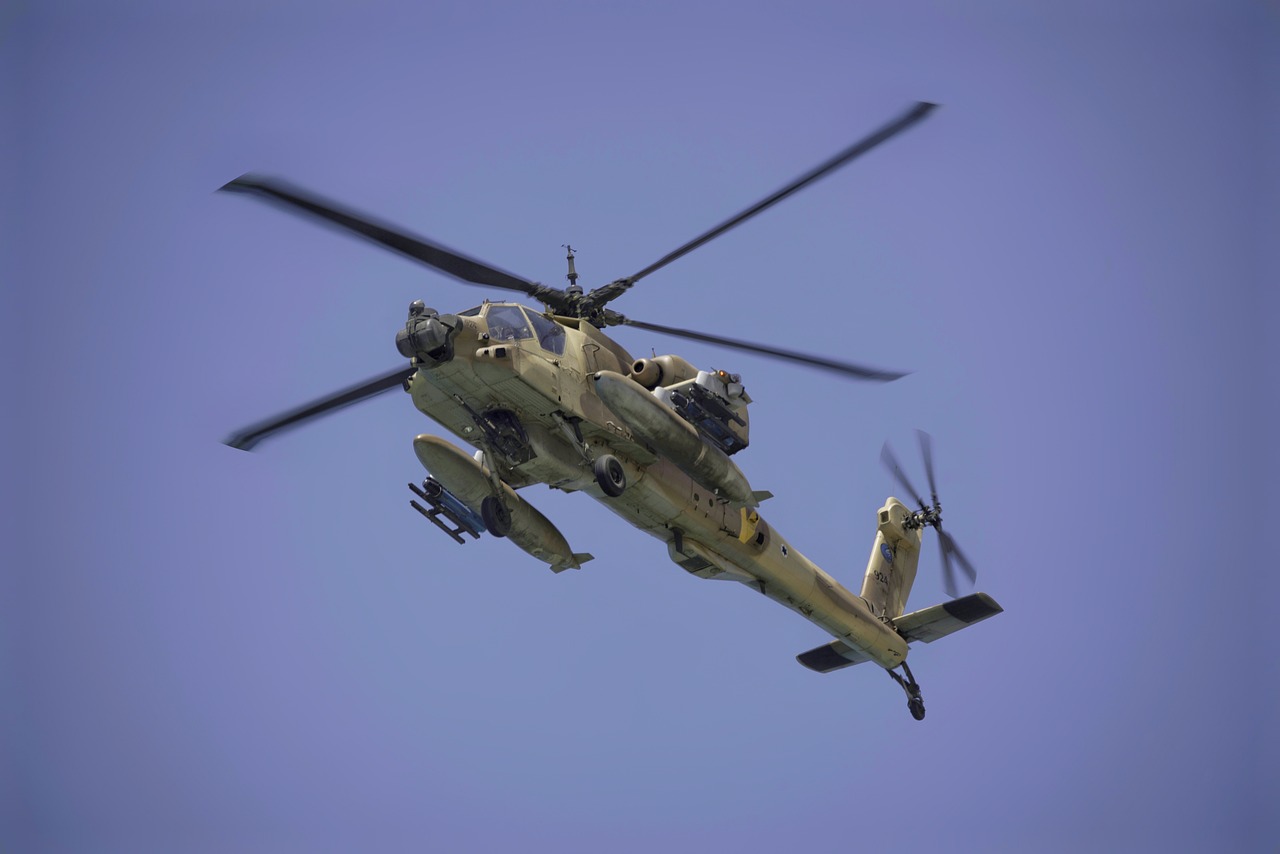
Operational Capabilities
The Long Range Strike Bomber (LRSB) is not just another aircraft; it's a game-changer in modern warfare. Its operational capabilities are designed to offer unparalleled flexibility and effectiveness in a variety of combat scenarios. Imagine being able to strike targets thousands of miles away, while remaining virtually undetectable. That's the power of the LRSB. With its advanced technology, it can perform a range of missions, from high-stakes precision strikes to intelligence gathering and tactical support. This adaptability is crucial in today's rapidly changing battlefield.
One of the standout features of the LRSB is its precision strike capability. In an era where collateral damage can turn public opinion against military actions, the ability to hit a target with pinpoint accuracy is paramount. The LRSB is equipped with state-of-the-art targeting systems that allow it to engage enemy assets with minimal risk to civilian infrastructure. This capability not only enhances mission success rates but also reinforces the U.S. military's commitment to responsible warfare.
But precision is just one piece of the puzzle. The LRSB also excels in intelligence gathering. In an age where information is power, having the ability to collect and analyze data from a safe distance is invaluable. The bomber’s sensors can monitor enemy movements, track communications, and gather crucial battlefield intelligence without putting pilots at risk. This information can then be shared with other military units, ensuring that all branches of the armed forces are on the same page when it comes to mission planning and execution.
Moreover, the versatility of the LRSB cannot be overstated. It can adapt to various mission requirements and environments effectively. Whether it's a strategic bombing mission aimed at crippling an enemy's infrastructure or providing tactical support to ground troops, the LRSB is up to the task. Its impressive payload capacity allows it to carry a mix of munitions, including:
- Conventional bombs
- Precision-guided munitions
- Nuclear weapons
This flexibility ensures that the LRSB can be deployed in a wide range of scenarios, making it a multi-role platform that can respond to the evolving needs of military operations. As military strategies continue to shift, having an aircraft that can operate across different domains and mission profiles is essential for maintaining air superiority.
In summary, the operational capabilities of the LRSB are a testament to its design and purpose. It is not merely an aircraft; it is a strategic asset that enhances the U.S. military's ability to conduct operations effectively and efficiently. With its combination of precision, intelligence gathering, and versatility, the LRSB is poised to play a crucial role in future conflicts, ensuring that the U.S. remains a dominant force in the skies.
- What makes the LRSB different from other bombers? The LRSB incorporates advanced stealth technology, allowing it to evade radar detection and operate in contested airspace.
- How far can the LRSB strike? The LRSB is designed for long-range missions, capable of striking targets thousands of miles away without the need for refueling.
- What types of munitions can the LRSB carry? The LRSB can carry a variety of munitions, including conventional bombs, precision-guided munitions, and even nuclear weapons.
- How does the LRSB contribute to intelligence gathering? The LRSB is equipped with advanced sensors that allow it to collect and analyze battlefield intelligence from a safe distance.

Stealth Technology
The Long Range Strike Bomber (LRSB) is a game-changer in modern aerial warfare, and its is at the heart of its design. Imagine trying to sneak into a party undetected—this bomber operates on the same principle, utilizing advanced features that allow it to evade enemy radar like a shadow in the night. The importance of stealth cannot be overstated; in today's battlefield, being undetected is often the difference between mission success and failure.
One of the key components of the LRSB's stealth capability is the use of radar absorbent materials (RAM). These specialized materials are engineered to absorb radar waves rather than reflect them, drastically reducing the bomber's radar cross-section. Think of it like wearing a cloak that makes you invisible to the watchful eyes of enemy radar systems. This means that while the LRSB is soaring high and fast, it remains hidden from adversaries who rely on radar for detection.
Additionally, the LRSB employs a low observable flight profile. This design feature allows the bomber to fly at altitudes and speeds that minimize its visibility to enemy detection systems. By flying at low altitudes and utilizing terrain masking, the LRSB can navigate through hostile airspace without drawing attention. It's akin to a skilled chess player who knows how to maneuver their pieces without revealing their strategy until the right moment. This capability not only enhances survivability but also enables the bomber to deliver precision strikes on high-value targets with minimal risk.
The combination of radar absorbent materials and a low observable flight profile creates a formidable stealth package. However, it's essential to recognize that stealth technology is not just about evasion; it's also about enhancing the bomber's overall mission effectiveness. By remaining undetected, the LRSB can carry out intelligence gathering missions, reconnaissance, and precision strikes without alerting the enemy, thereby maintaining the element of surprise.
In conclusion, the stealth technology of the LRSB represents a significant leap forward in military aviation. It embodies the U.S. Air Force's commitment to maintaining air superiority in an era where advanced radar systems and anti-aircraft technologies are ubiquitous. As we look to the future of warfare, the ability to operate undetected will be paramount, and the LRSB is poised to lead the charge.
- What is the primary purpose of the LRSB? The LRSB is designed for long-range missions, including precision strikes, intelligence gathering, and tactical support.
- How does stealth technology work in the LRSB? The LRSB utilizes radar absorbent materials and a low observable flight profile to evade enemy radar and enhance survivability.
- Why is stealth technology important in modern warfare? Stealth technology allows military aircraft to operate undetected, providing a strategic advantage in combat situations.
- Can the LRSB carry different types of munitions? Yes, the LRSB has an impressive payload capacity that allows it to carry a variety of munitions for different mission requirements.
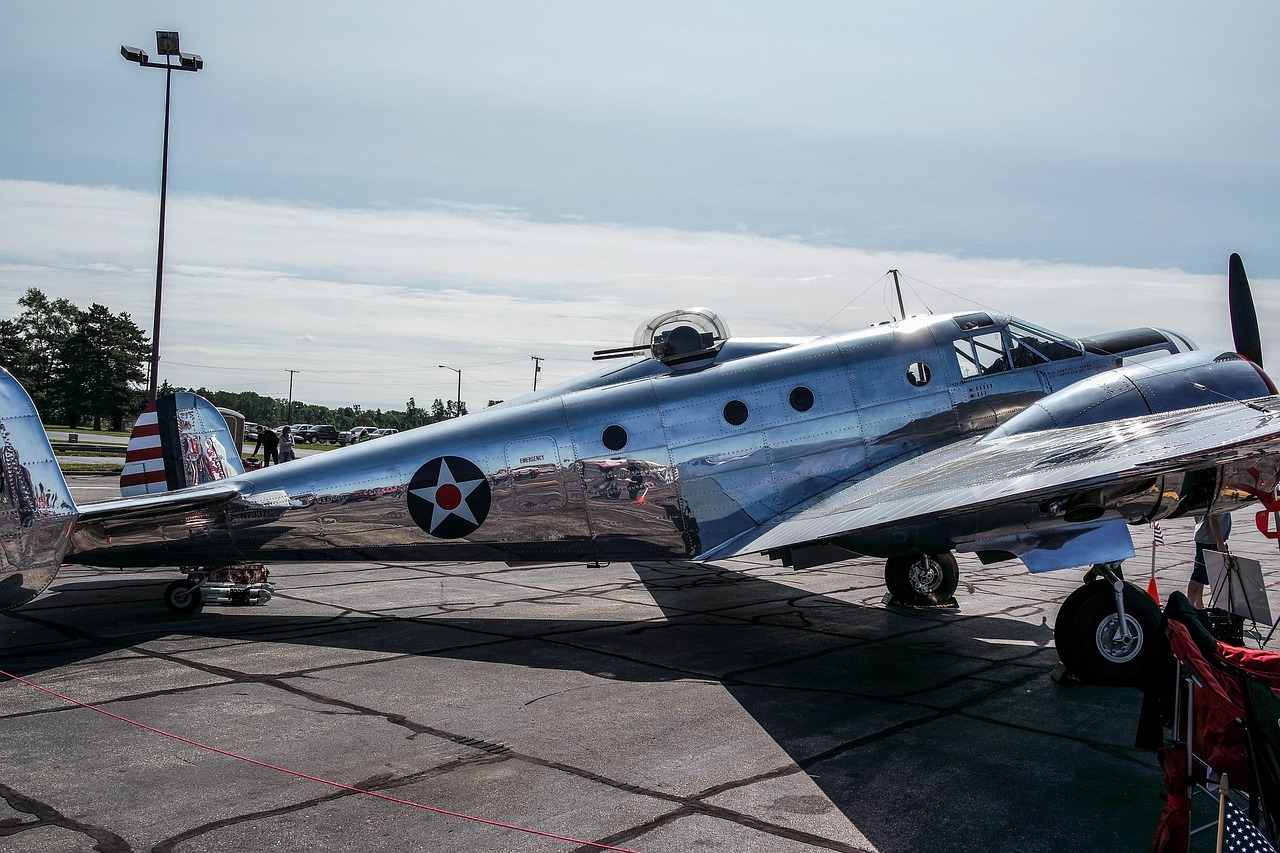
Radar Absorbent Materials
The Long Range Strike Bomber (LRSB) utilizes cutting-edge (RAM) that play a pivotal role in its stealth capabilities. These materials are engineered to minimize the bomber's radar cross-section, making it significantly harder for enemy radar systems to detect and track the aircraft. Imagine trying to spot a shadow flitting through the night—this is akin to how RAM works, allowing the LRSB to move through contested airspace with a level of invisibility that is crucial in modern warfare.
RAM is not just a single type of material; it encompasses a variety of substances and coatings that are applied to the bomber's surface. These materials are designed to absorb, rather than reflect, radar waves. This absorption is achieved through a combination of techniques, including specialized paints, composite materials, and shaped designs that scatter radar signals. The effectiveness of these materials can be likened to a sponge soaking up water—rather than bouncing back radar signals that could give away the bomber's position, the RAM absorbs them, rendering the aircraft nearly invisible to enemy detection systems.
To give you a clearer picture of how these materials enhance the LRSB's stealth, consider the following table that outlines some of the key characteristics of radar absorbent materials:
| Characteristic | Description |
|---|---|
| Absorption Coefficient | Measures how effectively a material absorbs radar waves, with higher values indicating better performance. |
| Durability | Materials must withstand harsh environmental conditions while maintaining their radar-absorbing properties. |
| Weight | Lightweight materials are crucial to maintain the aircraft's performance without compromising payload capacity. |
| Cost | Advanced RAM can be expensive, but the investment is justified by the enhanced survivability of the bomber. |
In addition to the technical specifications, the integration of these materials into the LRSB's design reflects a broader strategic vision. The U.S. Air Force understands that in a world where advanced radar systems are ubiquitous, having an edge in stealth technology is not just advantageous—it’s essential. The LRSB's ability to evade detection allows it to conduct missions in highly contested environments, providing a significant tactical advantage. Essentially, radar absorbent materials are a game-changer, allowing the LRSB to fulfill its role as a long-range strike platform effectively.
- What are radar absorbent materials?
Radar absorbent materials are specialized substances designed to minimize the radar cross-section of an aircraft, making it less detectable by enemy radar systems.
- How do radar absorbent materials work?
These materials work by absorbing radar waves instead of reflecting them, thus reducing the likelihood of detection.
- Why is stealth important for the LRSB?
Stealth is crucial for the LRSB as it allows the aircraft to operate in contested airspace without being easily targeted by enemy defenses.
- Are radar absorbent materials durable?
Yes, they are engineered to withstand various environmental conditions while maintaining their effectiveness in absorbing radar waves.

Low Observable Flight Profile
This article examines the capabilities, design features, and strategic significance of the Long Range Strike Bomber, including its operational performance in various scenarios and its impact on modern warfare.
The design of the LRSB incorporates advanced technology aimed at enhancing stealth, range, and payload capacity, making it a formidable asset in the U.S. Air Force's arsenal for long-range missions.
The operational capabilities of the LRSB include precision strike, intelligence gathering, and versatility in various combat scenarios, allowing it to adapt to different mission requirements and environments effectively.
Stealth technology plays a crucial role in the LRSB's design, enabling it to evade enemy radar and enhance survivability while conducting long-range missions in contested airspace.
The use of radar absorbent materials significantly reduces the bomber's radar cross-section, making it harder for adversaries to detect and target during operations.
The LRSB's is a game-changer in modern aerial warfare. Think of it like a ninja in the sky—silent, swift, and nearly invisible. This innovative design feature allows the bomber to navigate through hostile airspace without drawing attention, which is crucial for mission success. By maintaining a low altitude and flying at slower speeds, the LRSB can effectively minimize its radar signature, making it more challenging for enemy radar systems to detect it. This capability is akin to a stealthy predator stalking its prey, ensuring that it remains undetected until it's time to strike.
Moreover, the LRSB employs advanced flight techniques that further enhance its stealth. This includes flying at altitudes that reduce the likelihood of detection by ground-based radar systems. The bomber's flight path is meticulously planned to exploit terrain features, which can shield it from enemy surveillance. In essence, it’s not just about flying low; it’s about flying smart.
To illustrate this point, consider the following table that compares the LRSB's flight profile with traditional bombers:
| Feature | LRSB | Traditional Bombers |
|---|---|---|
| Flight Altitude | Low Altitude | High Altitude |
| Radar Signature | Minimal | High |
| Survivability | High | Moderate |
| Mission Type | Stealthy Precision Strikes | Area Bombing |
In summary, the LRSB's low observable flight profile not only enhances its ability to conduct precision strikes but also significantly increases its survivability in hostile environments. This capability is essential for maintaining air superiority and ensuring that the U.S. military can carry out its missions effectively, even against the most formidable adversaries.
The introduction of the LRSB holds strategic significance for the U.S. military, as it enhances deterrence capabilities and ensures air superiority in future conflicts against peer adversaries.
The LRSB's long-range capabilities serve as a deterrent against potential threats, providing the U.S. with the ability to project power globally and respond to crises swiftly.
The LRSB is designed to integrate seamlessly with other military systems, enhancing joint operations and ensuring a cohesive approach to modern warfare across air, land, and sea domains.
- What is the primary role of the LRSB? The LRSB primarily serves as a long-range bomber capable of conducting precision strikes and gathering intelligence.
- How does the LRSB maintain its stealth? It utilizes advanced materials and a low observable flight profile to minimize detection by enemy radar systems.
- What types of missions can the LRSB perform? The LRSB can perform various missions, including strategic bombing, tactical support, and reconnaissance.
- Why is the LRSB important for the U.S. military? It enhances deterrence capabilities and ensures air superiority in future conflicts against peer adversaries.
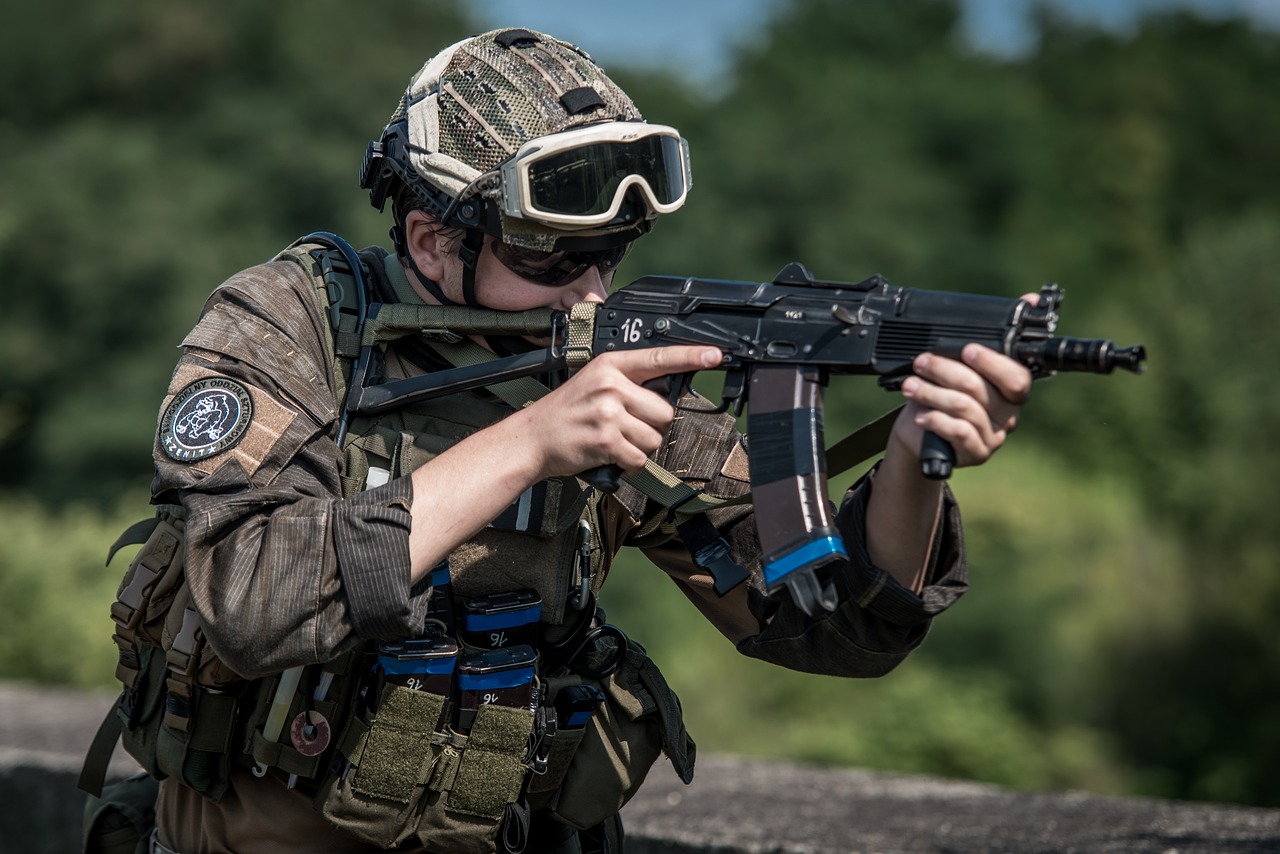
Payload and Versatility
The Long Range Strike Bomber (LRSB) is not just another aircraft in the U.S. Air Force's fleet; it's a game changer that brings a remarkable payload capacity and unmatched versatility to modern warfare. Imagine a Swiss Army knife in the sky, capable of adapting to various mission requirements with ease. This adaptability is crucial in today's rapidly evolving combat scenarios, where the ability to switch between roles can mean the difference between success and failure.
With the capacity to carry a diverse array of munitions, the LRSB can be configured for both strategic bombing and tactical support. For instance, it can deliver precision-guided munitions to take out high-value targets or deploy a range of bombs for area suppression. This flexibility allows commanders to tailor their missions according to the specific needs of the battlefield. Here’s a closer look at the types of payloads the LRSB can carry:
| Type of Munition | Purpose |
|---|---|
| Precision-Guided Munitions | For high-value target elimination with minimal collateral damage. |
| Conventional Bombs | For area suppression and destruction of infrastructure. |
| Stealthy Cruise Missiles | To engage targets at long ranges without detection. |
| Intelligence, Surveillance, and Reconnaissance (ISR) Equipment | To gather real-time information and support decision-making. |
This impressive payload capacity is complemented by the LRSB's ability to operate in various combat environments. Whether it’s a high-intensity conflict or a low-intensity operation, the bomber can adjust its tactics and equipment accordingly. For example, in a high-threat environment, it can utilize its stealth features to penetrate enemy airspace undetected, while in a low-threat scenario, it might focus on delivering a larger payload of conventional munitions to support ground troops.
Moreover, the LRSB's versatility extends beyond just munitions. It can also integrate with advanced targeting systems and communication networks, enhancing its operational effectiveness. This integration allows for real-time data sharing with other military assets, ensuring that every mission is executed with precision and coordination. In essence, the LRSB is not merely an aircraft; it's a platform that embodies the future of warfare, where adaptability and technological integration are paramount.
- What is the primary purpose of the LRSB? The LRSB is designed to conduct long-range bombing missions while maintaining stealth capabilities.
- How does the LRSB ensure mission success? Its versatility in payload and advanced technology allows it to adapt to various combat scenarios effectively.
- Can the LRSB operate in contested airspace? Yes, the LRSB's stealth technology enables it to penetrate enemy defenses and operate in high-threat environments.
- What types of munitions can the LRSB carry? The LRSB can carry precision-guided munitions, conventional bombs, stealthy cruise missiles, and ISR equipment.
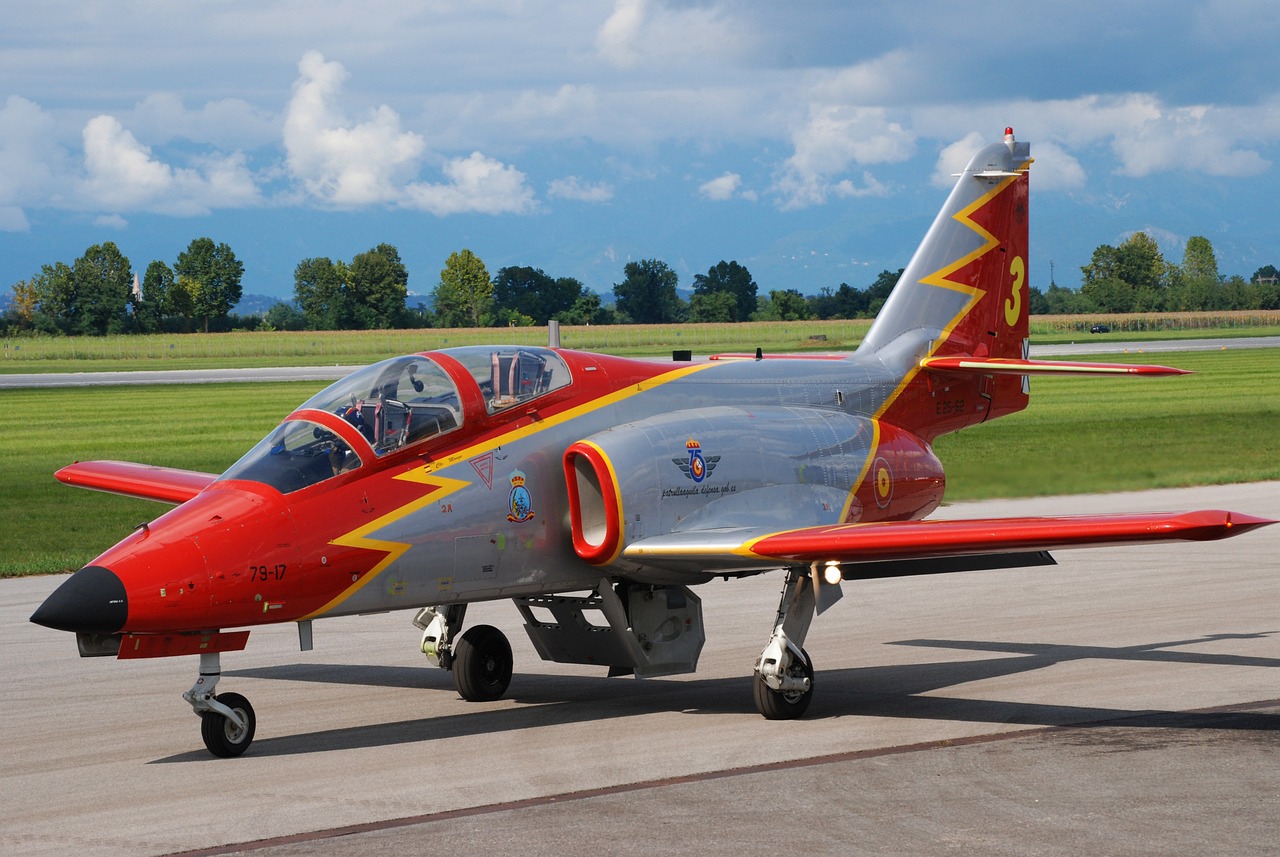
Strategic Significance
This article examines the capabilities, design features, and strategic significance of the Long Range Strike Bomber, including its operational performance in various scenarios and its impact on modern warfare.
The design of the LRSB incorporates advanced technology aimed at enhancing stealth, range, and payload capacity, making it a formidable asset in the U.S. Air Force's arsenal for long-range missions.
The operational capabilities of the LRSB include precision strike, intelligence gathering, and versatility in various combat scenarios, allowing it to adapt to different mission requirements and environments effectively.
Stealth technology plays a crucial role in the LRSB's design, enabling it to evade enemy radar and enhance survivability while conducting long-range missions in contested airspace.
The use of radar absorbent materials significantly reduces the bomber's radar cross-section, making it harder for adversaries to detect and target during operations.
The LRSB's low observable flight profile further enhances its stealth capabilities, allowing it to penetrate enemy defenses undetected while delivering precision strikes.
The LRSB's impressive payload capacity allows it to carry a variety of munitions, making it adaptable for both strategic bombing and tactical support missions in diverse operational contexts.
The introduction of the LRSB holds for the U.S. military, as it enhances deterrence capabilities and ensures air superiority in future conflicts against peer adversaries. Imagine a chess game where each piece has its unique strengths; the LRSB serves as a powerful queen, capable of influencing the board from a distance. Its long-range capabilities not only provide a robust deterrent against potential threats but also allow the U.S. to project power globally. This means that, when crises arise, the military can respond swiftly and effectively, maintaining stability in volatile regions.
Furthermore, the LRSB's ability to integrate with other military systems enhances its effectiveness in joint operations. This seamless integration ensures a cohesive approach to modern warfare across air, land, and sea domains. Just like a well-rehearsed orchestra, where each musician plays their part to create a harmonious sound, the LRSB works in concert with other military assets to deliver a powerful message: the U.S. is prepared and capable of defending its interests anywhere in the world.
To illustrate the strategic implications of the LRSB, consider the following table that outlines its key contributions:
| Strategic Contribution | Description |
|---|---|
| Deterrence | Acts as a powerful deterrent against adversaries, signaling U.S. military strength. |
| Global Reach | Provides the U.S. military with the ability to project power across the globe quickly. |
| Joint Operations | Enhances coordination with other military branches for a unified approach. |
| Adaptability | Can be deployed in a variety of combat scenarios, from strategic bombing to tactical support. |
In summary, the LRSB is not just another aircraft; it is a game-changer in the realm of military strategy. Its capabilities ensure that the U.S. remains at the forefront of global military power, ready to tackle emerging threats with precision and effectiveness.
- What is the primary mission of the Long Range Strike Bomber?
The primary mission of the LRSB is to conduct long-range precision strikes against high-value targets, while also providing support for tactical operations. - How does the LRSB enhance U.S. military deterrence?
By showcasing its advanced capabilities and global reach, the LRSB acts as a deterrent against potential adversaries, signaling that the U.S. is prepared to respond swiftly to threats. - What technologies contribute to the LRSB's stealth?
The LRSB utilizes advanced radar absorbent materials and a low observable flight profile to evade enemy detection and enhance its survivability during missions. - Can the LRSB operate alongside other military assets?
Yes, the LRSB is designed for seamless integration with other military systems, enhancing joint operations across various domains.
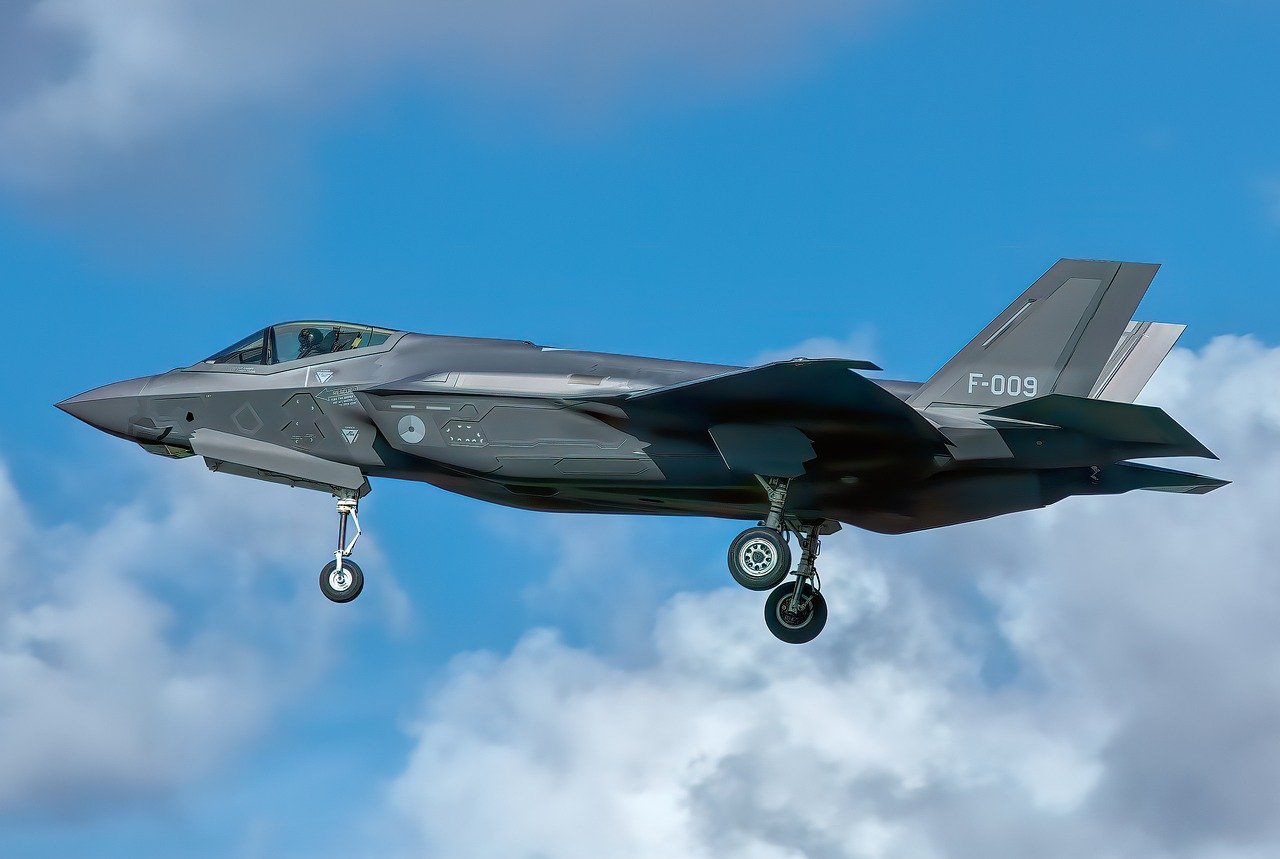
Deterrence and Global Reach
This article examines the capabilities, design features, and strategic significance of the Long Range Strike Bomber, including its operational performance in various scenarios and its impact on modern warfare.
The design of the LRSB incorporates advanced technology aimed at enhancing stealth, range, and payload capacity, making it a formidable asset in the U.S. Air Force's arsenal for long-range missions.
The operational capabilities of the LRSB include precision strike, intelligence gathering, and versatility in various combat scenarios, allowing it to adapt to different mission requirements and environments effectively.
Stealth technology plays a crucial role in the LRSB's design, enabling it to evade enemy radar and enhance survivability while conducting long-range missions in contested airspace.
The use of radar absorbent materials significantly reduces the bomber's radar cross-section, making it harder for adversaries to detect and target during operations.
The LRSB's low observable flight profile further enhances its stealth capabilities, allowing it to penetrate enemy defenses undetected while delivering precision strikes.
The LRSB's impressive payload capacity allows it to carry a variety of munitions, making it adaptable for both strategic bombing and tactical support missions in diverse operational contexts.
The introduction of the LRSB holds strategic significance for the U.S. military, as it enhances deterrence capabilities and ensures air superiority in future conflicts against peer adversaries.
The Long Range Strike Bomber (LRSB) serves as a cornerstone in the U.S. military's strategy for maintaining global reach and deterrence. Imagine having a powerful ally that can strike anywhere in the world at a moment's notice—that's the LRSB for the United States. Its long-range capabilities not only allow for rapid response to emerging threats but also send a clear message to potential adversaries: the U.S. is always watching and ready to act.
With the ability to cover vast distances without needing to refuel, the LRSB can project power across continents. This capability is not just about being able to hit a target; it’s about making sure that adversaries think twice before taking aggressive actions. The mere presence of the LRSB in a region can serve as a significant deterrent, ensuring that the U.S. can respond swiftly to crises, whether they arise in the Middle East, Asia, or elsewhere.
Furthermore, the LRSB's integration with advanced surveillance and reconnaissance systems enhances its deterrent effect. By combining its striking power with real-time intelligence, the U.S. military can make informed decisions, ensuring that any action taken is measured and effective. This synergy between various military assets creates a formidable presence that is hard for adversaries to counter.
In a world where threats are increasingly complex and interconnected, the LRSB's global reach allows it to adapt to various scenarios, from counter-terrorism operations to large-scale conventional conflicts. Its versatility ensures that it can be deployed effectively in any situation, making it a crucial element in the U.S. military's strategy for maintaining peace and stability worldwide.
- What is the primary role of the LRSB? The primary role of the Long Range Strike Bomber is to conduct long-range precision strikes against high-value targets, enhancing the U.S. military's deterrence capabilities.
- How does the LRSB enhance U.S. military strategy? The LRSB enhances U.S. military strategy by providing a powerful tool for global reach, allowing for rapid response to threats and ensuring air superiority in various conflict scenarios.
- What technologies contribute to the LRSB's stealth capabilities? The LRSB utilizes advanced radar absorbent materials and a low observable flight profile to minimize its radar cross-section and evade detection.
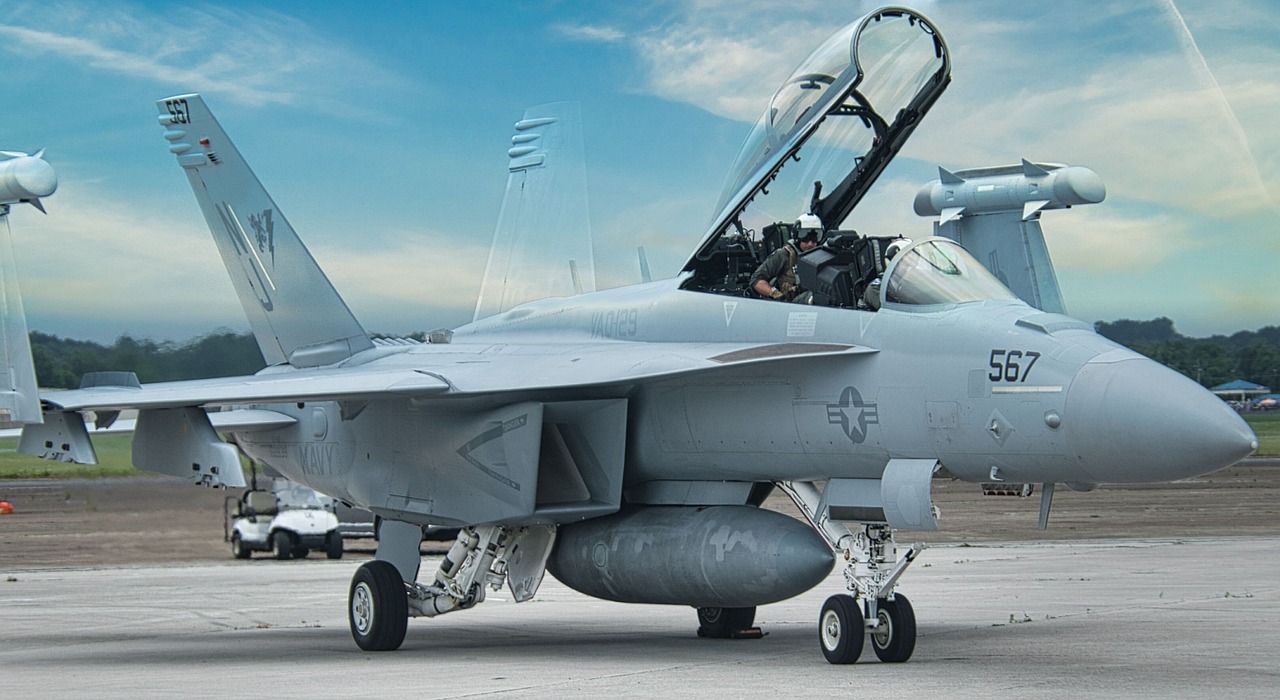
Integration with Other Systems
The Long Range Strike Bomber (LRSB) is not just a standalone weapon; it's a vital piece of a larger puzzle in modern warfare. Its ability to integrate with other military systems enhances its effectiveness and maximizes the potential of the U.S. military's operational capabilities. Imagine a conductor leading an orchestra—each instrument plays its part, but together, they create a symphony. Similarly, the LRSB collaborates with various platforms, ensuring that missions are executed with precision and coordination.
One of the most significant aspects of the LRSB's integration is its compatibility with intelligence, surveillance, and reconnaissance (ISR) systems. By sharing real-time data with drones, satellites, and ground forces, the LRSB can receive vital information about enemy positions, movements, and defenses. This synergy allows for informed decision-making and enhances the bomber's strike efficiency. For instance, if an ISR platform identifies a high-value target, the LRSB can be directed to engage swiftly, minimizing the window of opportunity for the adversary.
Moreover, the LRSB is designed to operate in conjunction with advanced air defense systems. This integration is crucial for maintaining air superiority. When deployed alongside fighter jets, the LRSB can conduct strategic strikes while the fighters engage enemy air defenses, creating a layered approach to combat. This teamwork not only increases the chances of mission success but also reduces the risk to the bomber itself.
Furthermore, the LRSB’s ability to communicate with naval forces enhances its versatility. Imagine a chess game where every piece knows the strategy of the others; that's how the LRSB operates with naval assets. By integrating with aircraft carriers and surface ships, it can support maritime operations, providing a formidable strike capability against land and sea targets alike. This multi-domain approach is essential in today's complex battlefields, where threats can emerge from any direction.
To illustrate the integration capabilities of the LRSB, consider the following table that outlines its interoperability with key military systems:
| System | Role in Integration | Benefit |
|---|---|---|
| ISR Platforms | Data collection and target identification | Enhanced strike accuracy and effectiveness |
| Fighter Jets | Air defense suppression | Increased survivability and mission success |
| Naval Forces | Support for maritime operations | Multi-domain strike capability |
In conclusion, the integration of the LRSB with other military systems is a game-changer in modern warfare. Its ability to work seamlessly with ISR platforms, fighter jets, and naval forces not only enhances its operational effectiveness but also ensures a comprehensive approach to combat. As we move forward, this integration will be crucial in maintaining the U.S. military's edge over potential adversaries, making the LRSB an indispensable asset in the defense strategy.
- What is the primary purpose of the LRSB? The LRSB is designed for long-range bombing missions, providing the U.S. Air Force with a strategic advantage in various combat scenarios.
- How does the LRSB enhance stealth capabilities? The LRSB utilizes advanced stealth technology, including radar absorbent materials and a low observable flight profile, to evade enemy radar.
- Can the LRSB operate independently? While the LRSB can conduct missions independently, its effectiveness is greatly enhanced when integrated with other military systems.
- What types of munitions can the LRSB carry? The LRSB has a versatile payload capacity, allowing it to carry a range of munitions for both strategic bombing and tactical support missions.
Frequently Asked Questions
- What is the Long Range Strike Bomber (LRSB)?
The Long Range Strike Bomber (LRSB) is a next-generation bomber designed to enhance the U.S. Air Force's capabilities in long-range missions. It combines advanced technology for stealth, range, and payload capacity, making it a key asset in modern warfare.
- How does the LRSB utilize stealth technology?
The LRSB employs cutting-edge stealth technology to evade enemy radar. This includes the use of radar absorbent materials and a low observable flight profile, which reduces its radar cross-section and allows it to penetrate enemy defenses undetected.
- What types of missions can the LRSB perform?
The LRSB is incredibly versatile, capable of conducting precision strikes, intelligence gathering, and supporting tactical operations. Its impressive payload capacity allows it to carry a wide variety of munitions for different mission requirements.
- Why is the LRSB strategically significant?
The introduction of the LRSB enhances the U.S. military's deterrence capabilities, ensuring air superiority in future conflicts. Its long-range capabilities allow for global power projection, making it a critical component in responding to potential threats swiftly.
- How does the LRSB integrate with other military systems?
The LRSB is designed for seamless integration with other military platforms, enhancing joint operations across air, land, and sea domains. This cohesive approach ensures that the U.S. military can operate effectively in modern warfare scenarios.
- What advancements in technology does the LRSB feature?
The LRSB incorporates advanced avionics, improved propulsion systems, and enhanced communication technologies. These advancements not only boost its operational effectiveness but also ensure that it remains relevant against evolving threats.

